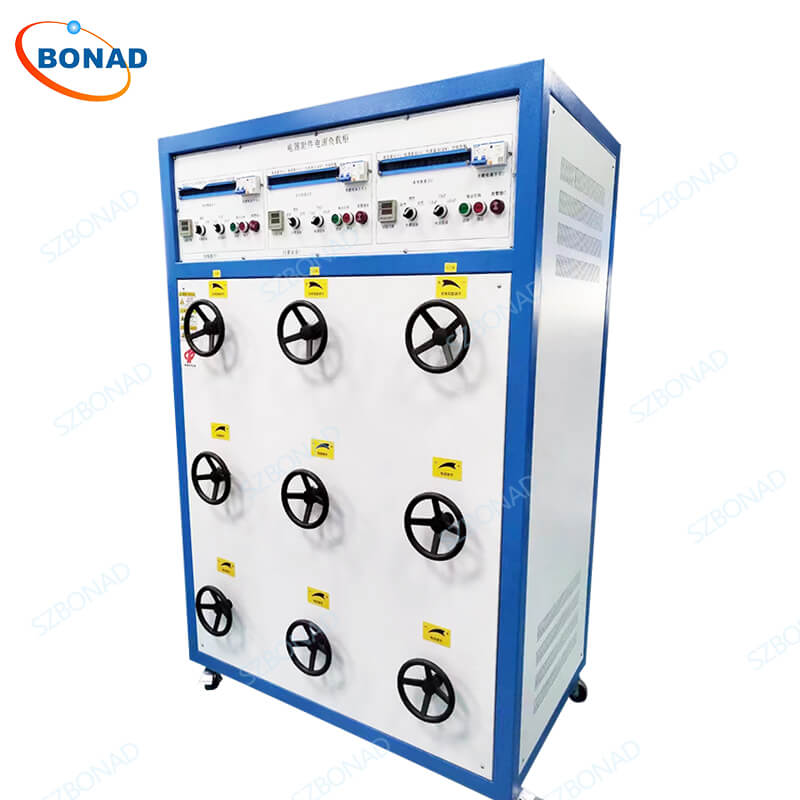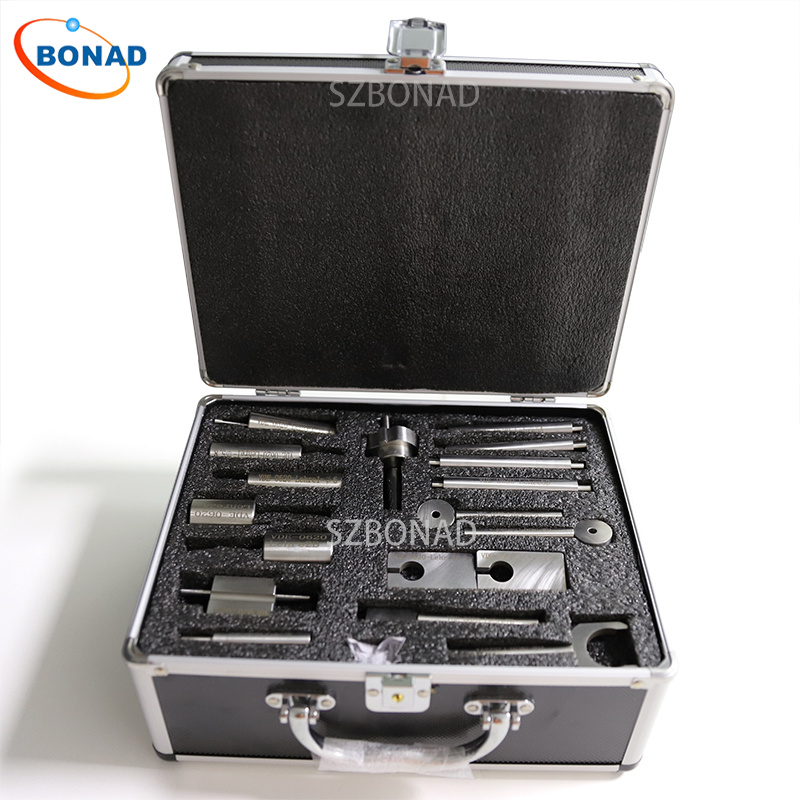Electrical and electronic testing is a vital process in assessing the functionality, reliability, and safety of electrical components, devices, and systems. This evaluation is crucial for product development, quality assurance, and adherence to industry standards and regulations. The scope of electrical and electronic testing is broad, encompassing various applications and techniques tailored to the specific components or systems under scrutiny. Below are some prevalent types of testing:
- Functional Testing: This test ensures that a device or system operates as intended by checking inputs, outputs, and different operational modes.
- Performance Testing: It involves evaluating the performance of electronic components or systems under specified conditions, including signal quality measurement, response time analysis, and power consumption assessment.
- Power and Electrical Safety Testing: This test verifies that electrical devices comply with safety standards to prevent risks to users. It includes insulation resistance tests, ground bond assessments, and leakage current evaluations.
- Environmental Testing: Electronic devices are subjected to various environmental conditions like temperature, humidity, and vibration to assess their reliability and durability in diverse operating environments.
- EMC/EMI Testing: It evaluates electromagnetic compatibility (EMC) and electromagnetic interference (EMI), ensuring that devices do not disrupt other equipment while resisting external electromagnetic fields.
- PCB Testing: This involves checking printed circuit boards (PCBs) for functionality and integrity through continuity tests, netlist evaluations, and individual component assessments.
- Burn-In Testing: Components are exposed to high temperatures and electrical stress to detect potential defects and guarantee long-term reliability.
- Life Cycle Testing: This test assesses the longevity and performance of components or systems over time through accelerated aging processes.
- Power Electronics Testing: It evaluates power converters, inverters, and motor drives for efficient power conversion.
- Automated Testing: Automated Test Equipment (ATE) is used for high-volume testing of electronic devices with consistent results.
- Digital and Analog Testing: Different methods are used to verify the functioning of digital versus analog components.
- Component Characterization: This involves analyzing the electrical properties of individual components like resistors, capacitors, transistors, and diodes.
Industries such as electronics manufacturing, telecommunications, automotive, aerospace, consumer electronics, and medical devices rely heavily on electrical and electronic testing.
BONAD offers expert technical engineers alongside top-tier testing equipment. Our tools can help identify defects, enhance product performance, ensure compliance with safety standards, and meet customer expectations. Reach out to us for further information.



